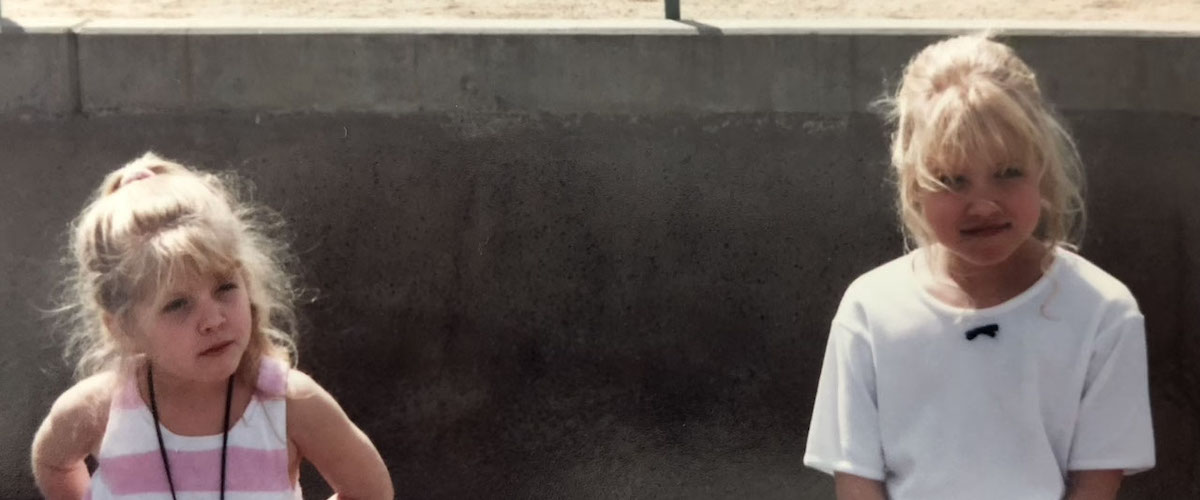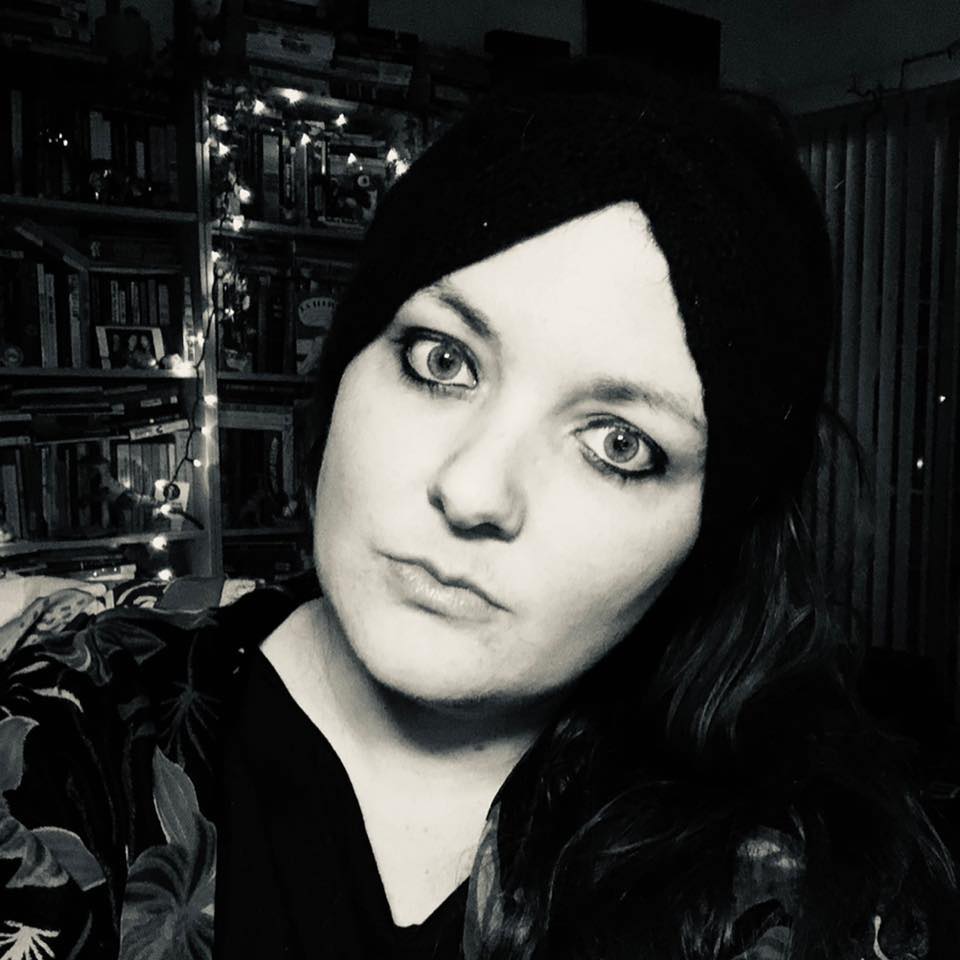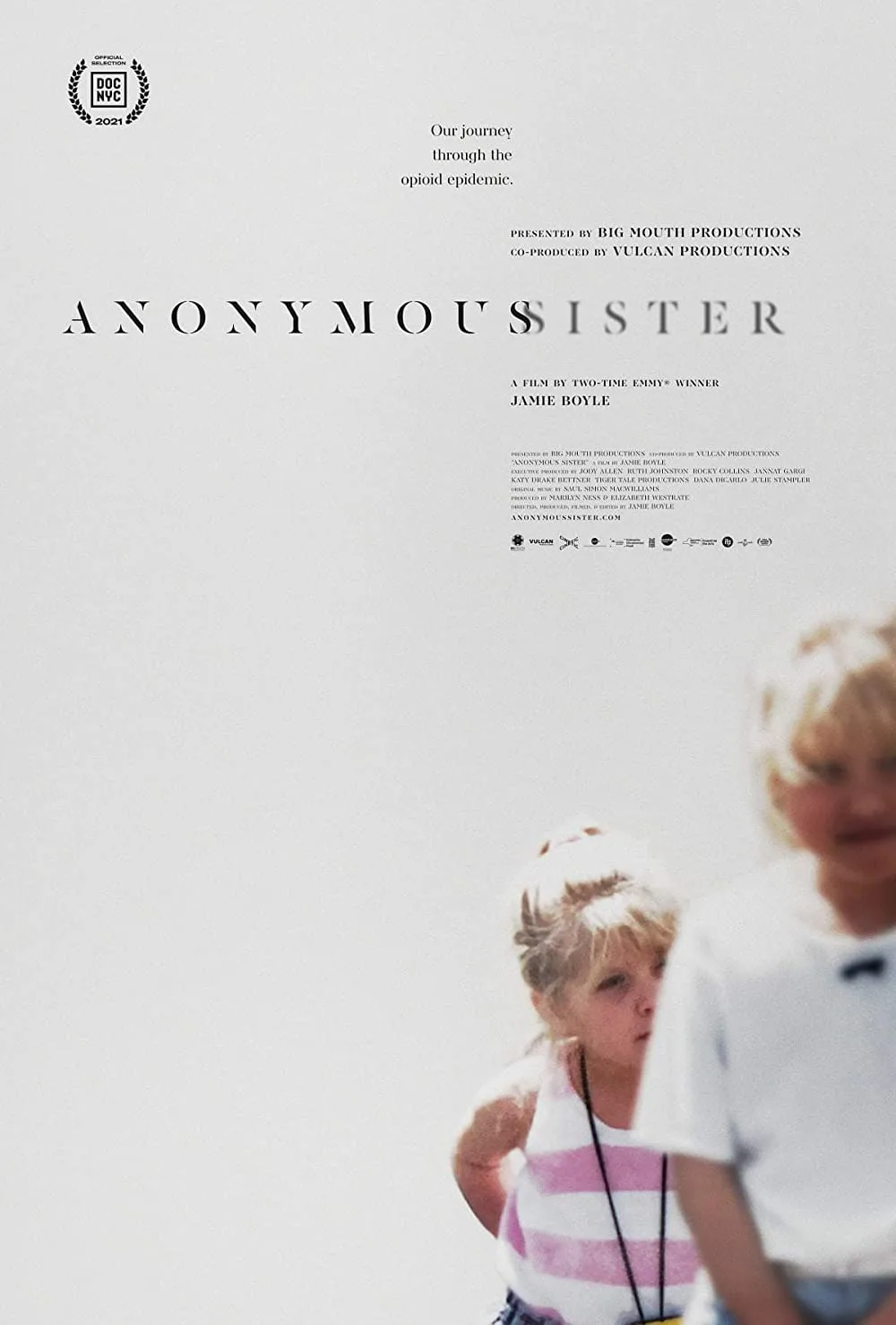“We use the term epidemic, which makes us think of a disease, but this was a man-made crisis driven by greed.” Although these words are spoken by Dr. Andrew Kolodny, one of the nation’s leading experts on the opioid crisis, towards the end of “Anonymous Sister,” they are the crux of director Jamie Boyle’s searing, achingly personal documentary.
Boyle traces the rise of the crisis, breaking down its chilling history with easily digestible facts and figures, through the story of her relationship with her sister Jordan, who overcame an opioid addiction a decade earlier. The crisis began in 1996, when the girls were children, and Jordan’s struggles with addiction began in the mid-2000s, just after Purdue Pharma and the Sackler family settled their first of many lawsuits. In the film’s touching prologue, Boyle states that their story could be anyone’s story, 25 years into an “epidemic that is shattering millions.”
The filmmaker combines home video footage with new on camera interviews, archival home videos, news footage and audio, and other media to trace both the crisis and her relationship with her sister from 1996—when she first picked up a camera—until 2019, a year whose significance she holds until the film’s bittersweet ending. In an impressive feat of editing, Boyle matches footage from the crisis’s timeline with footage from her family’s home videos, putting a uniquely human face to what could easily be viewed with the cold distance of history.
“Anonymous Sister” would pair nicely with Laura Poitras’ Golden Lion-winning documentary, “All the Beauty and the Bloodshed,” about artist, activist, and recovered opioid addict Nan Goldin. Both films explore the crisis through a personal angle. Although Boyle’s film may not be as polished as the Goldin project, what makes it equally compelling is the way it breaks down how many average people find themselves caught up in addiction, not because they are abusers like Purdue Pharma would have you believe, but because of how the company manipulated our broken healthcare system.
One sequence actually has some of the same protest footage that was used in “All The Beauty and the Bloodshed” from a demonstration outside the Met in New York. In it, a mother discusses how her son, who died of an opiate overdose, was first prescribed opioids as a teenager after an injury playing high school sports. The mother’s pleas are not in hopes that people will care about her son, but that he is one of nearly half a million similar stories and that number should make people care.
This story was effective in Poitras’ portrait of activism in action but becomes even more poignant here as it mirrors the story of Boyle’s sister. Once an Olympic hopeful figure skater, Jordan’s dream ended after she began having nerve damage from the sport’s rigorous training. At the age of 20 she was first prescribed Vicodin, which later became the two levels of Percocet, culminating in a debilitating addiction to OxyContin.
Through candid interviews with her family and Kolodny, Boyle examines exactly why—and how common—this kind of escalating dosing happens. One incredibly impactful sequence includes an interview with an ex-sales rep for Purdue Pharma who explains how the dosing stems from a sales strategy in which the company targeted family doctors and general practitioners, pushing them to subscribe to higher and higher doses of the medicine. Even those already aware of these kinds of corrupt practices will find it maddening to hear it laid out so plainly—and to realize just how pervasive Purdue’s marketing schemes have shaped the way modern medicine is practiced in this country.
Boyle structures her film as if it were a home video, and her use of tracking forward and tracking backward through the story of the sisters and the crisis is extremely effective. Especially when coupled with the way she uses archival footage to show the changing ways news media covered, at first, the so-called miracle of opioid medicine, and then the nation in crisis. She contrasts some of the drastic language that puts the blame on “criminals” and “abusers” with home video of her teenage sister in happier days.
Perhaps the best use of this technique comes after a montage showing how misinformation in a PSA produced by Purdue Pharma—what Kolodny calls “brilliant marketing disguised as education”—gets disseminated throughout news coverage, Boyle cuts to home video footage of her sister discussing how she is studying mass communications. “It’s all about the media and how it affects us. It’s so interesting,” Jordan says.
Boyle is wise enough to know that she is crafting a piece of media herself, and never attempts to shy away from her personal connection to this crisis. Although she balances the personal story of her family with interviews with experts, there is a righteous anger to all the facts and history presented. That all the interviews—including with survivors from around highly affected states like Oklahoma and West Virginia—were filmed during the Trump administration, aka the era of “fake news,” also adds a further layer of despair to the entire documentary.
But when nearly 50,000 people a year in this country die from this crisis, a crisis whose roots are found in the greed of one company, one family, and that has continued to escalate under the governance of four different presidents, maybe objectivity is a luxury that we as a nation can no longer afford.




















